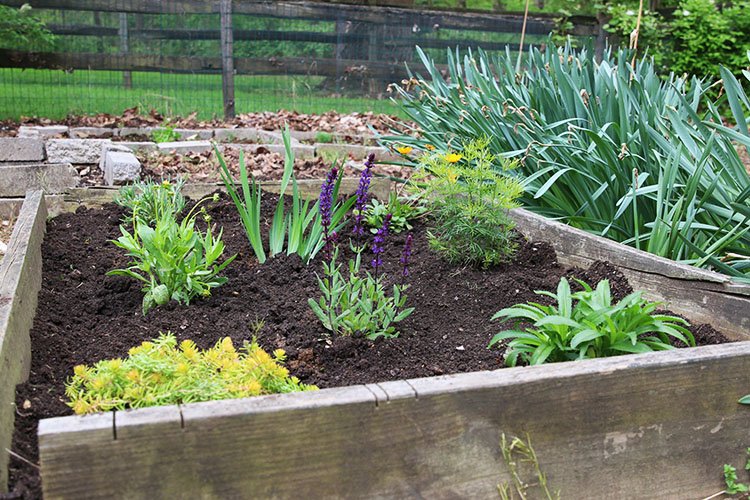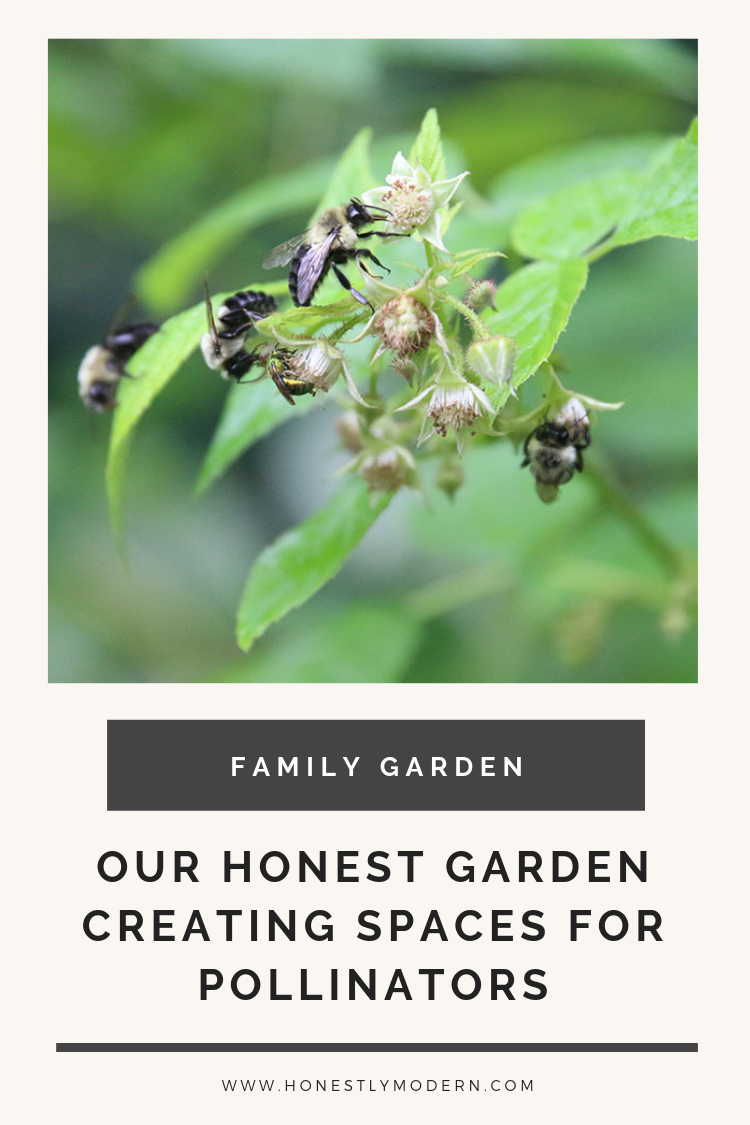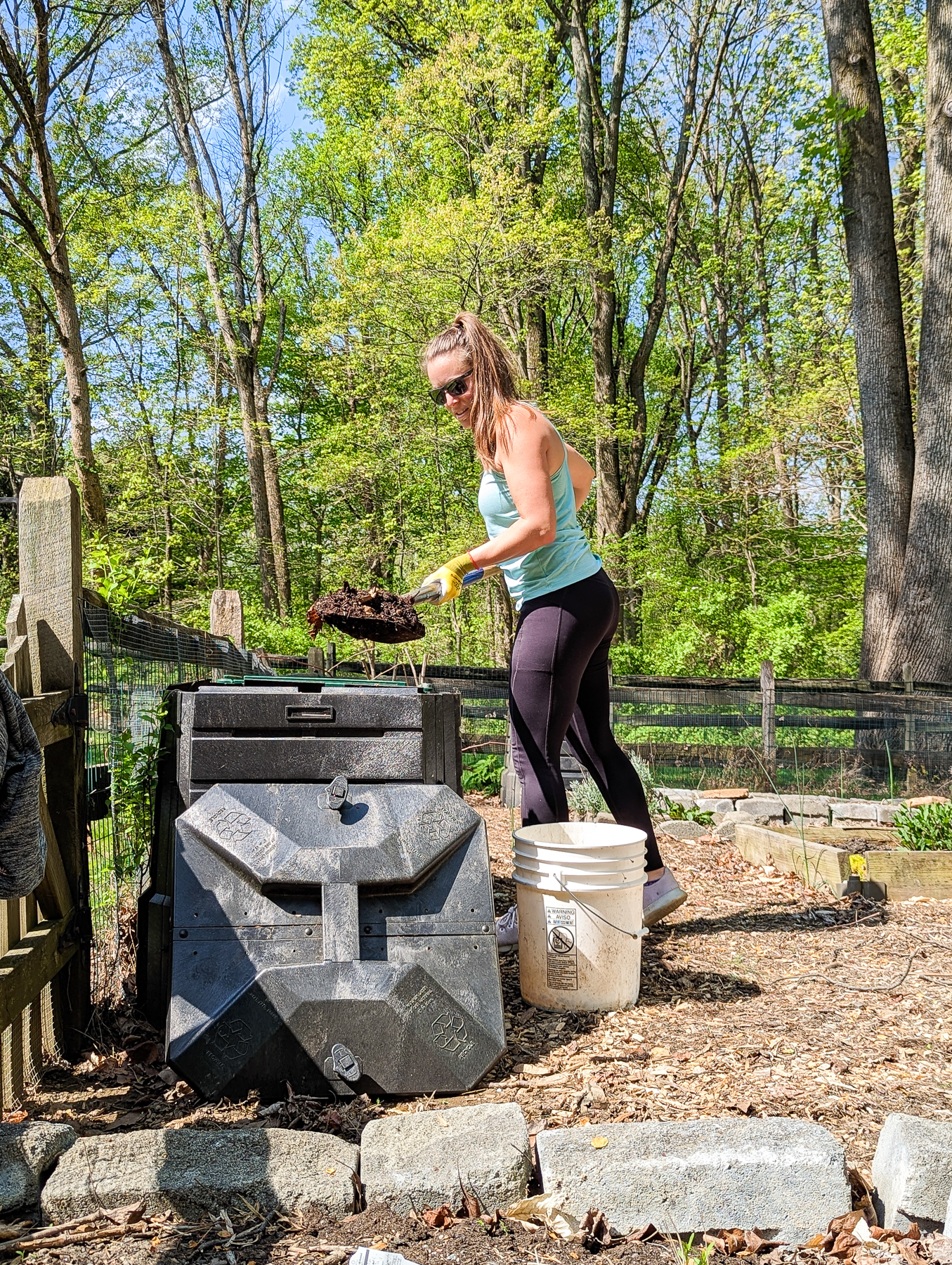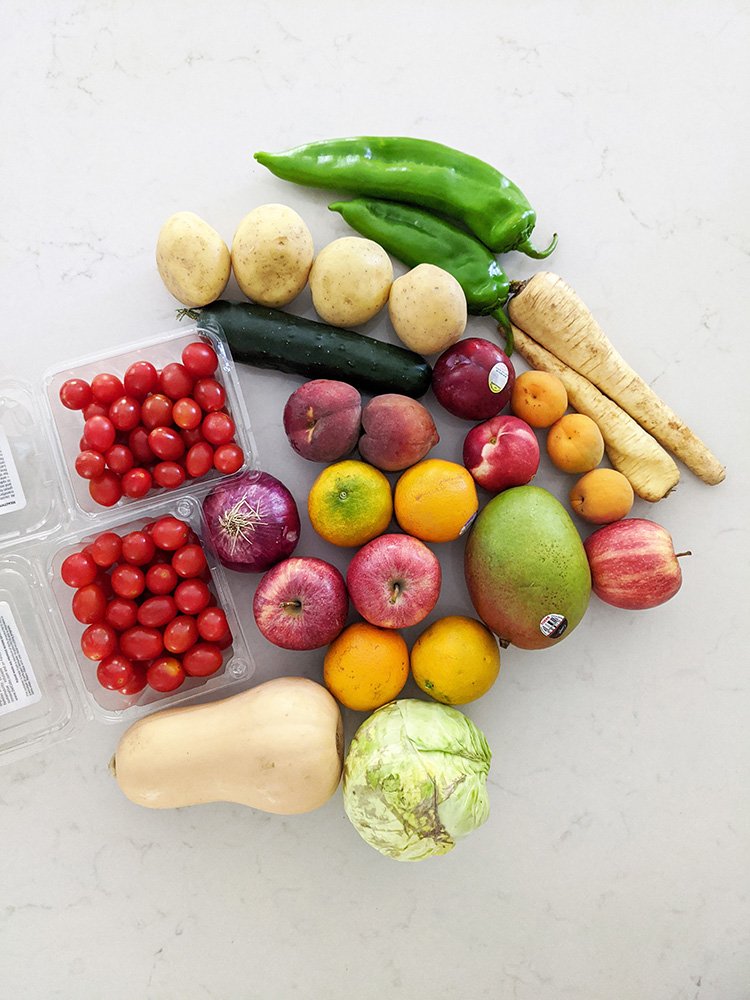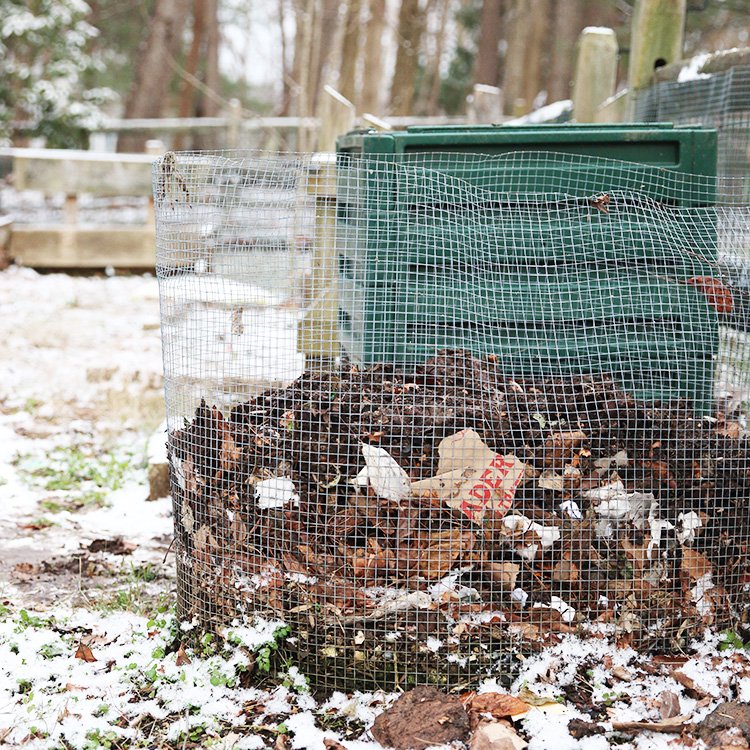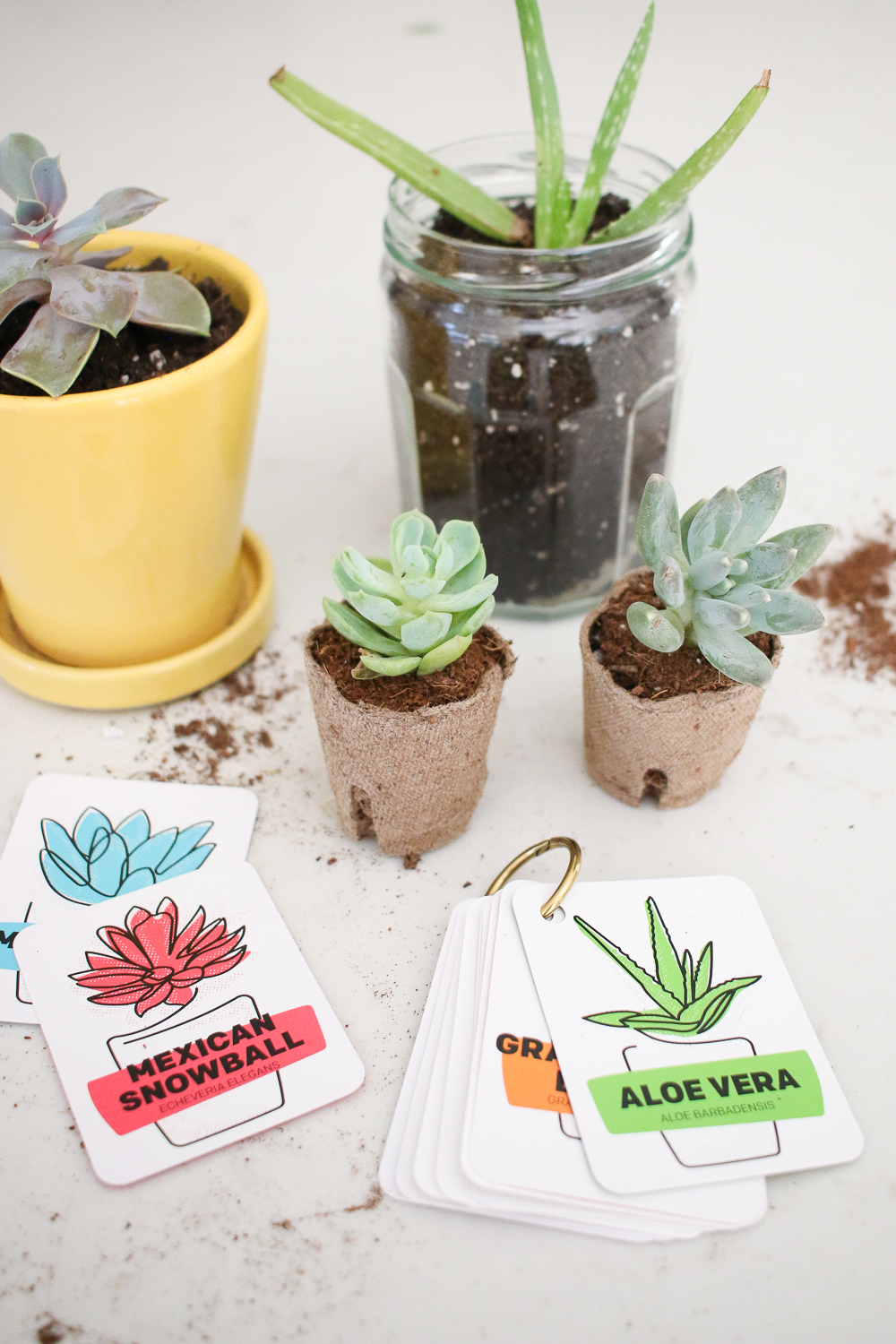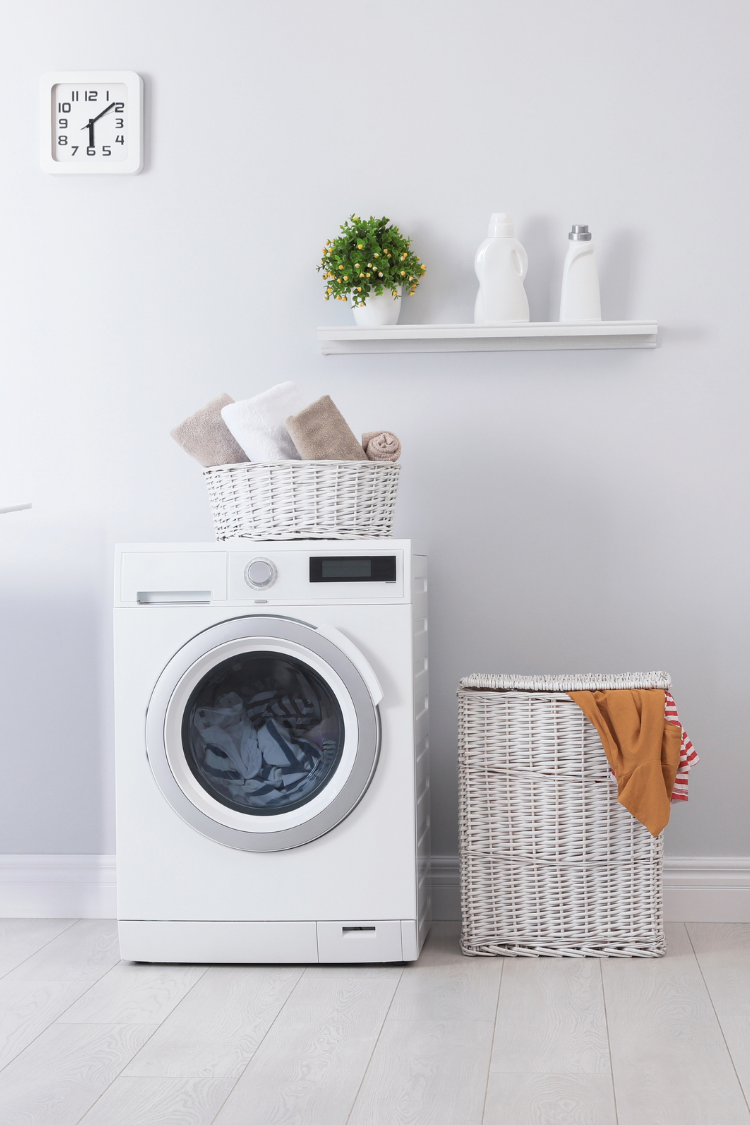Our Honest Garden | Creating Spaces For Pollinators
Creating a small space dedicated to bees, butterflies, and other pollinators can make a big difference in helping to rebuild their dwindling habitats and also offer a boost for your garden.
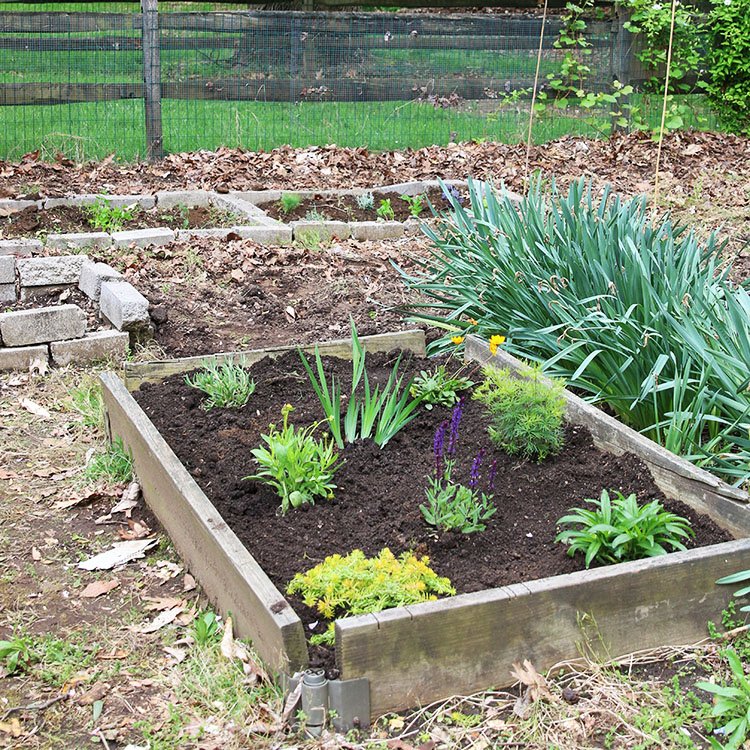
“It flies in the garden and is a pollinator” 5 year old J said, as he gave clues to his grandmother during a game of Kids vs. Parents taboo.
Truth be told, it makes me pretty happy to hear my little guys talking about “pollinators”… maybe because I’m a nerd like that. Or maybe because our important little friends aren’t doing so hot, collectively. The bees have had a rough go lately, and they’re pretty important to some of our favorite foods like fruits, vegetables, and nuts.
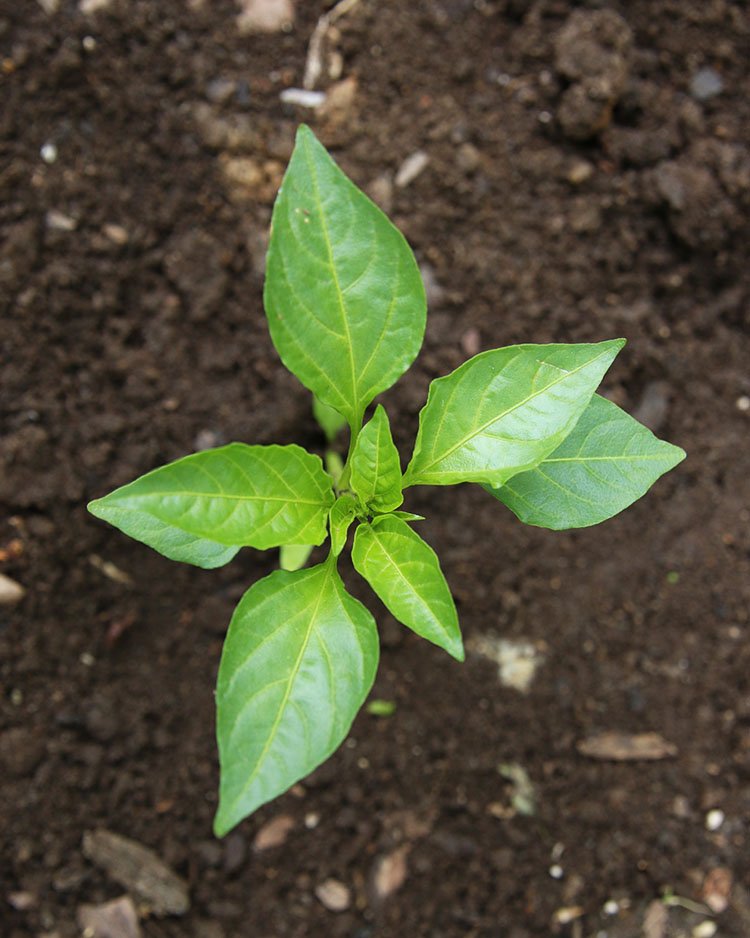
Making Space for Pollinators
As we plant our garden and build new beds this spring, I’ve talked to the boys a lot about the importance of bees and butterflies in the garden, because they pollinate the plants and bring the buds to life.
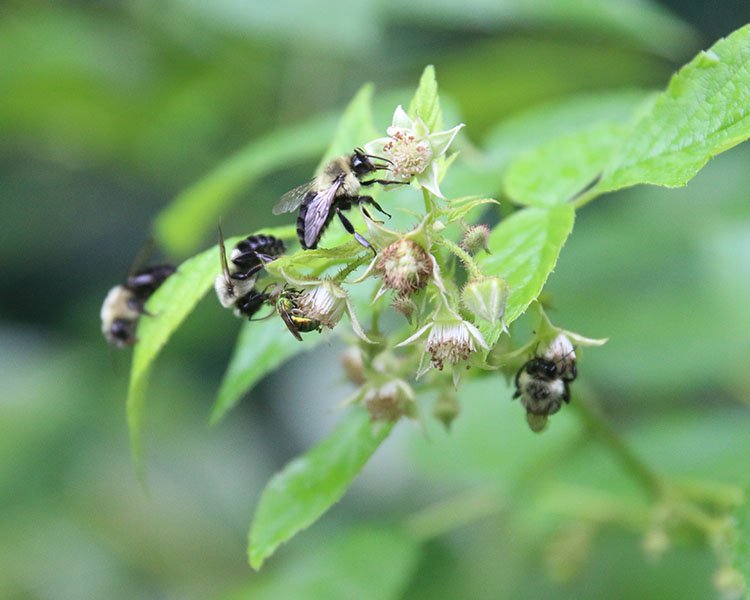
J wanted a garden bed for himself and ended up with two raised beds to call his “own”. In one he planted sunflowers, green beans and carrots. In the other, he chose to grow a butterfly garden filled with flowers that attract pollinators.
Since we planted his little gardens, he’s been on the lookout for bees and butterflies in the area and watching the buds open on new flowers.
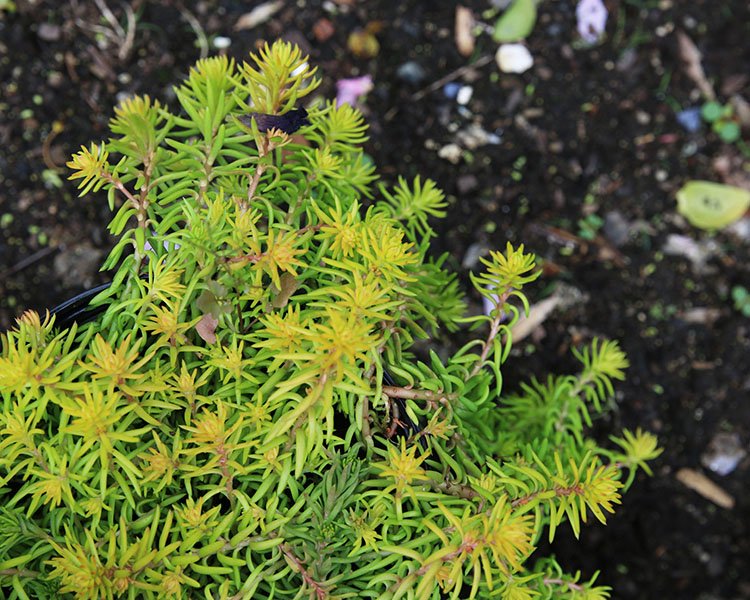
Guided Selection That Felt Like Free Choice
When we went to the local nursery to pick out flowers, I directed him toward the tables full of plants specially denoted as “pollinator attractors”. I didn’t pick any plants for him, but I showed much more interest and excitement about the ones I hoped he would choose.
I redirected him a couple of times when he chose something that just didn’t make sense, but I tried to let him feel like he was making the choices. I really wanted him to feel vested so he would be excited about the garden (and maybe even do a bit of the maintenance work with me).
Why Do We Care?
Upwards of 75% or more of the flowering plants on this planet need pollinators to help them flourish. Many of those flowering plants bring us fruits, vegetables and nuts. Their work amounts to billions in agricultural revenues and stocked shelves in our grocery stores.
By having plants to feed on, bees and other pollinators can cross-pollinate and help to naturally fertilize plants. This is especially crucial for the growth of vegetables and fruit. According to an article published by the National Resources Defense Council (NRDC) in March of 2011, cross-pollination helps at least 30 percent of the world’s crops to grow, and 90 percent of wild plants. Without bees, these plants wouldn’t thrive or could even die off completely.
As of late, pollinator populations have declined due to pollution, the misuse of chemicals, climate change, disease, loss of habitat and more. We can help support pollinator populations simply by growing flowering plants in our yards that create new habitats for them. We could make a big difference if we all grew a little garden, or even just a few plants, that helped revive the habitats of bees and other pollinators.
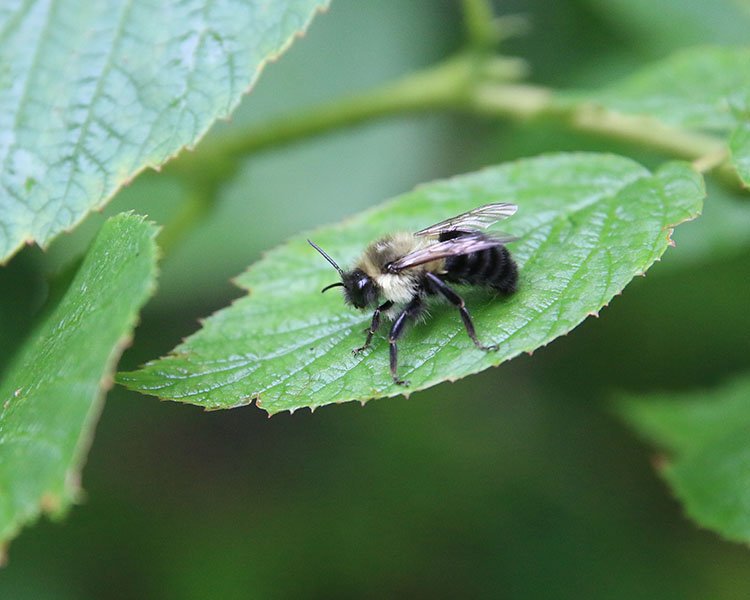
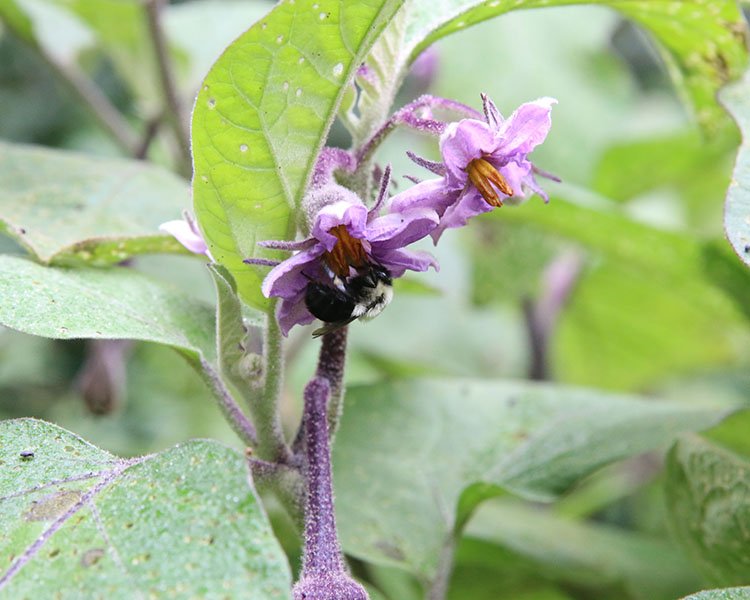
Looking Out For the Bees
Every day when we go out to the garden, J walks right over to his pollinator garden in search of bees and butterflies. Yesterday, he found a bunch of tiny bees hiding in and on the petals. He also spotted a dragonfly and followed it around the garden quietly, so as not scare it away.
We haven’t seen any butterflies yet. I think it’s still a little early in the year, but J is dying to find a few. I’m sure he’ll see them in due time.
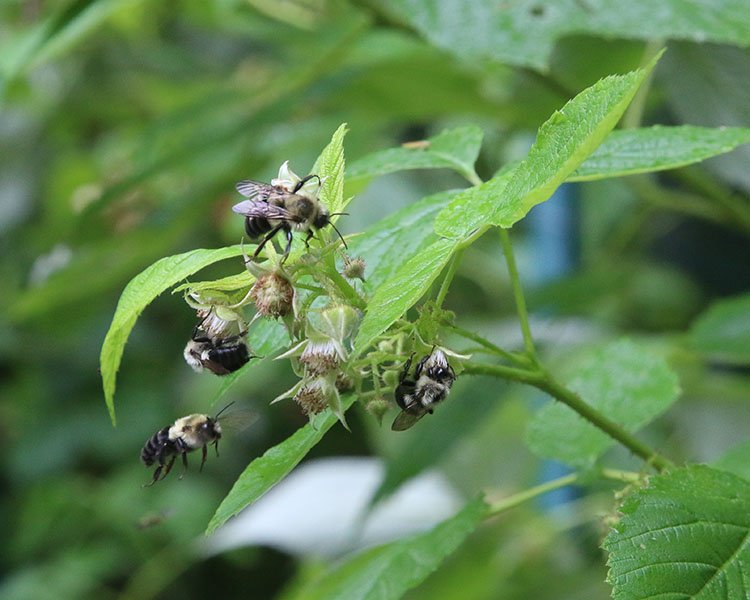
Some might say a family needs a pet to teach their children compassion and responsibility. We don’t have pets, but J’s little pollinator garden seems to be teaching him similar lessons. He understands that the bees help us and we need to help them in return. He joins me to water the flowers and pull the weeds, ensuring the flowers and pollinators have a happy garden in which to thrive.
Having a garden, and particularly a space dedicated to pollinators has been such a fun addition to our yard this year. Do you have a pollinator garden? If so, what do you grow in it? Do your little ones love it too?
